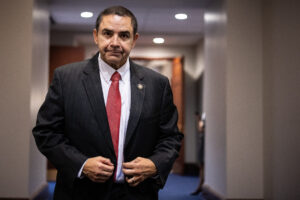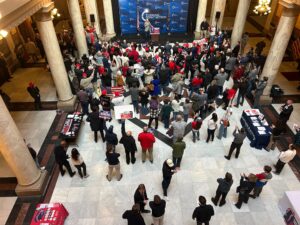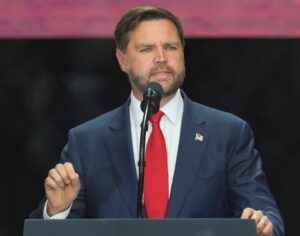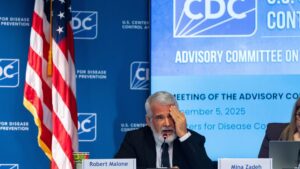Politics
Everyone is talking about what went wrong in the election. It wasn’t the polls.
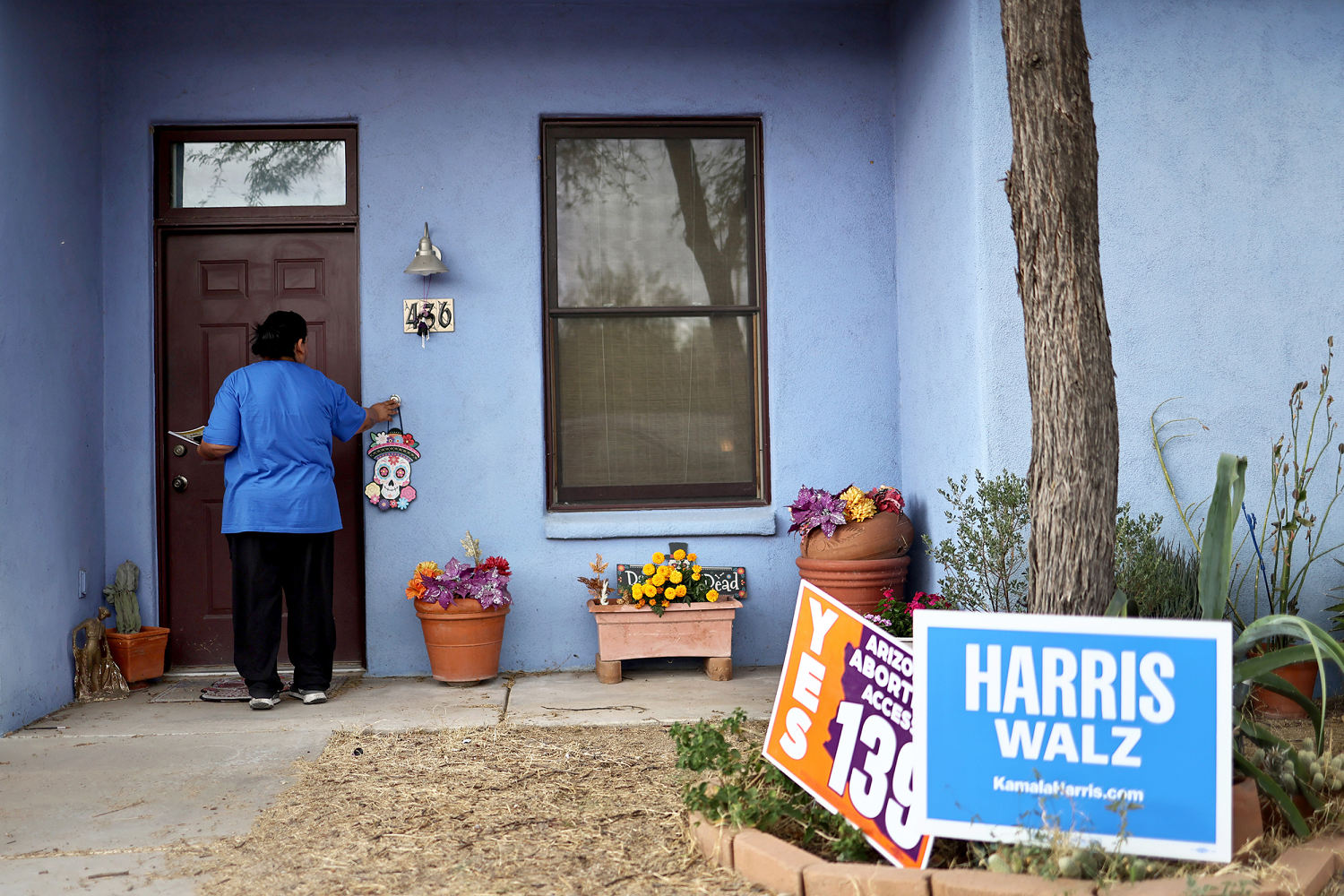
On Election Night, I was nervous. I’m a pollster and a former political data journalist. I knew that if the polls whiffed again — like they did in 2020 — Americans would write off polling as irreparably broken.
Now, there’s enough data to reach a verdict — and, despite what you may have been hearing, the polls did well. No, the data wasn’t perfect, and the industry still faces long-term challenges. But we’ve proven that we can get close to the mark — which is the best we can reasonably expect from polling.
We’ve proven that we can get close to the mark — which is the best we can reasonably expect from polling.
You don’t have to take my word for it. Let’s compare the average of pre-election polls — computed by FiveThirtyEight and RealClearPolitics — to the latest results in swing states where NBC News has projected a winner.
- In Pennsylvania, the 538 average had Harris up 0.2 and the RCP average had Trump up 0.4. The latest numbers show Trump, the projected winner, up 2.1.
- In Michigan, the 538 average had Harris up by 1 and the RCP average had her up by 0.5. The results show Trump, the projected winner, up 1.4.
- In Wisconsin, the 538 average had Harris up by 1 and the RCP average had her up by 0.4. The results show Trump, the projected winner, up 0.8.
- In North Carolina, the 538 average had Trump up 0.9 and the RCP average had him up 1.2. The results show Trump, the projected winner, up 3.3.
- In Georgia, the 538 average had Trump up 0.8 and the RCP average had him up 1.3. The results show Trump, the projected winner, up 2.2.
- In Nevada, the 538 average had Trump up 0.3 and the RCP average had him up 0.6. The results show Trump, the projected winner, up 3.3.
In the states that decided the election, the polls were generally off by 1 to 3 points. In the national popular vote, the RCP average had Trump ahead by 0.1 and he’ll likely win by 1 or 2 points. For polls — blunt instruments that typically use less than a thousand interviews to estimate how an entire state or nation feels — a 1- to 3-percentage-point error is great.
Polls in competitive Senate races were only slightly less accurate. Some results haven’t been finalized yet, but so far the key Senate races only saw two uncomfortable misses: overestimating Democratic Sen. Jacky Rosen of Nevada and underestimating Republican Sen. Ted Cruz of Texas by roughly 5 points each. In the other toss-ups where 538 and RCP computed an average, the polls missed by just a couple percentage points. Again, it’s unrealistic to expect polls to nail every result — a 1- to 3-point error is about as good as it gets.
- In Nevada’s Senate race, the 538 average had Rosen up 5.7 over Republican Sam Brown, and the RCP average had her up 4.9. The latest results show Rosen, the projected winner, up 1.4.
- In Michigan’s Senate race, the 538 average had Democrat Elissa Slotkin up 3.6 over Republican Mike Rogers, and the RCP average had her up 2.3. The results show Slotkin, the projected winner, up by 0.3.
- In Ohio, the 538 average had Republican Bernie Moreno up 0.8 over Democrat Sherrod Brown, and the RCP average had the Republican up 1.7. The results show Moreno, the projected winner, up by 4.
- In Wisconsin, the 538 average had Democrat Tammy Baldwin up 2.2 over Republican Eric Hovde, and the RCP average had her up 1.8. The results show Baldwin, the projected winner, up 0.9.
- In Montana, the 538 average had Republican Tim Sheehy up 6.9 over Democrat Jon Tester, and the RCP average had the Republican up 7.7. The results show Sheehy, the projected winner, up 7.4.
- And in Texas, the 538 average had Cruz up 4 over Democrat Colin Allred, and the RCP average had Cruz up 4.4. The results show Cruz, the projected winner, up 8.6.
These results are solid and should keep the polling industry alive. But we don’t have a clean bill of health just yet.
Surveys are still plagued by nonresponse: Almost 99% of people who are selected for a poll don’t complete it. Some of the groups we need to learn about the most — young voters, Latino voters, the politically disengaged — are the toughest to poll.
These results are solid and should keep the polling industry alive. But we don’t have a clean bill of health just yet.
Some pollsters might also be “herding.” That happens when a less-than-principled pollster gets an unexpected result, they might toss it in the garbage or tinker with their statistical models until their poll matches the average. That might explain why a suspicious number of Pennsylvania polls showed Trump and Harris exactly tied.
And, while the polls didn’t err by much, they did consistently lowball Trump by a couple points. Ideally, the polls would be unbiased — underestimating Harris roughly half the time, rather than only missing Trump voters.
Pollsters have partial solutions to each of these problems. We use statistical tools, such as weights, to ensure that less responsive groups are given the right amount of influence. Those same weights can create the illusion of “herding” — that is, some pollsters adjusted their sample to get the right number of Trump and Biden 2020 supporters, which naturally brought their results closer to the average. And, while the polls missed some of Trump’s edge in 2024, the error was significantly smaller than in 2020.
We don’t have full solutions to these problems. Nobody knows how to transform America into a nation of eager survey-takers or how to prevent anxious, underfunded firms from subconsciously pushing their results towards the average. And we haven’t found that last slice of the Trump vote. But I hope that on Tuesday, we bought our industry a little more time to solve these issues. I’d like to think we earned it.
David Byler
David Byler is chief of research at Noble Predictive Insights, a non-partisan polling firm anchored in the Southwest. He was previously a data columnist for the Washington Post.
Politics
Pardoned Democrat Henry Cuellar wants GOP to probe his prosecutors
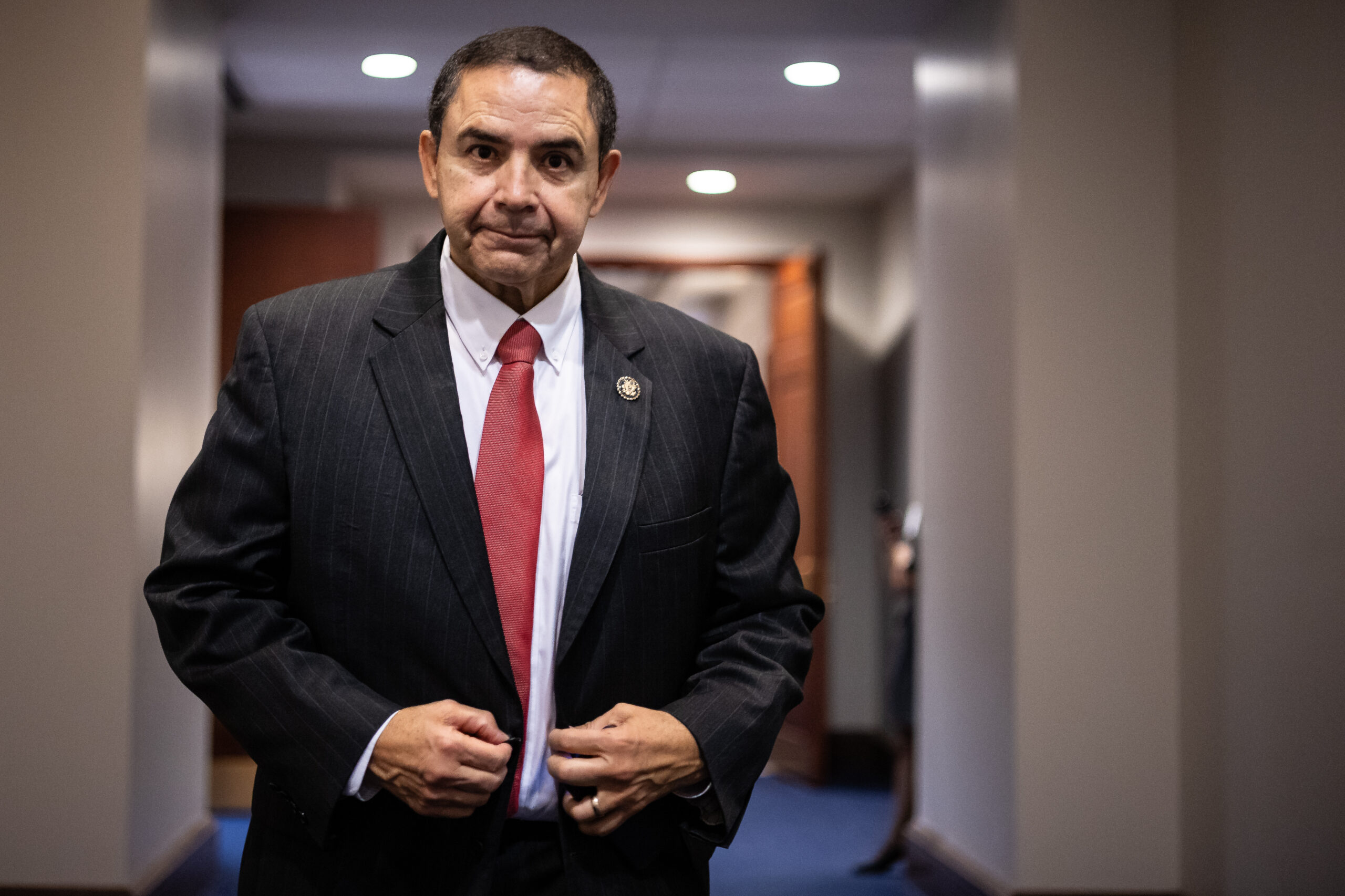
The Texas lawmaker said in an interview he’d be willing to cooperate with a House Judiciary “weaponization” probe…
Read More
Politics
The Supreme Court gave Trump a big redistricting win. But the fight is just getting started.
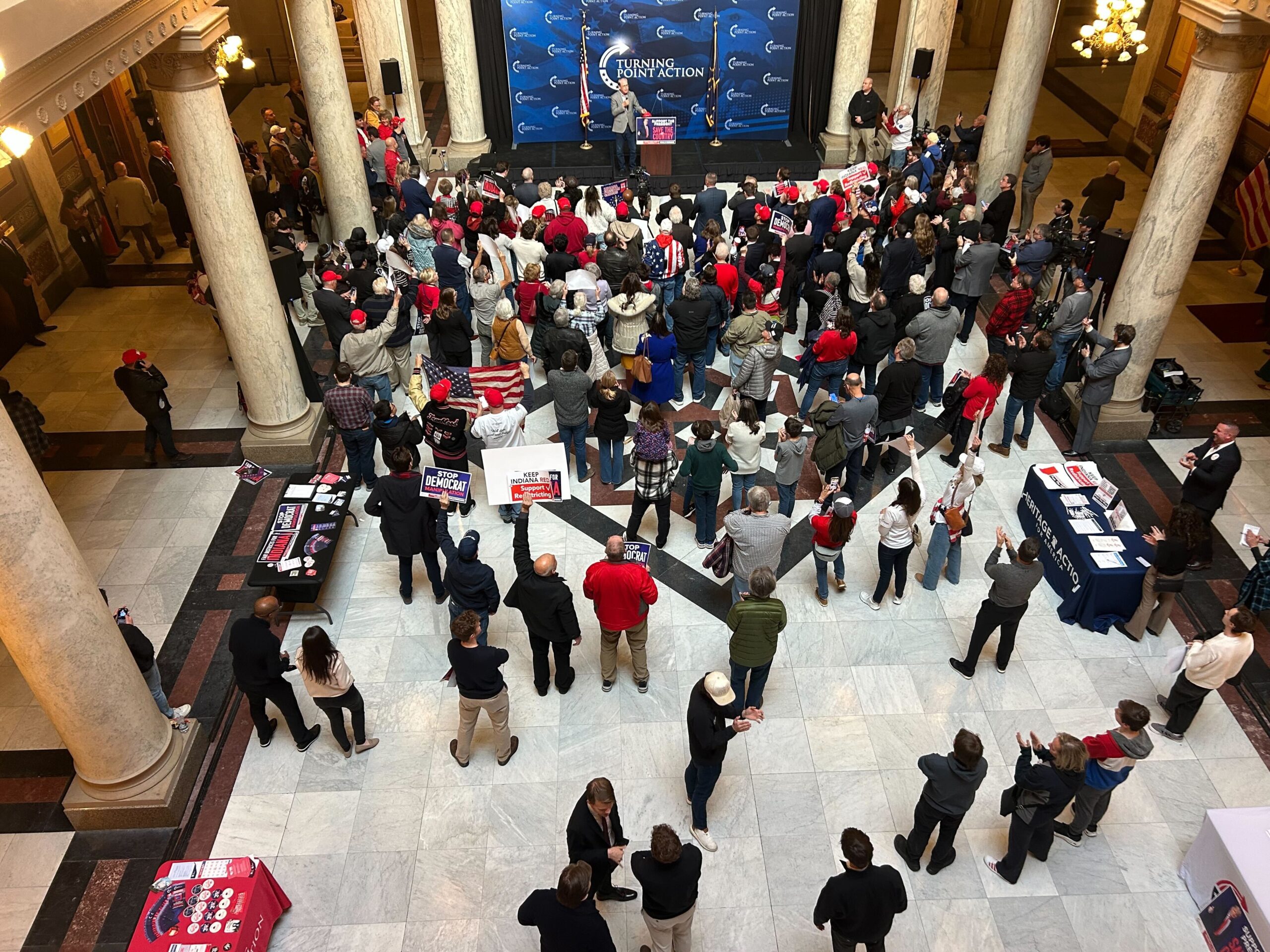
Trump and his allies are heaping pressure on holdout Republicans in Indiana, while Democrats eye gains elsewhere…
Read More
Politics
Senior Johnson aide leaves for Holland & Knight
Chris Jaarda, who has spent the past two years as a senior policy adviser and counsel to House Speaker Mike Johnson, has left Blue Light News to join Holland & Knight as a partner in the firm’s lobbying practice. Jaarda’s portfolio in Johnson’s office spanned a variety of topics…
Read More
-
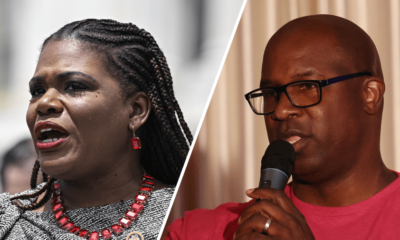
 Politics10 months ago
Politics10 months agoFormer ‘Squad’ members launching ‘Bowman and Bush’ YouTube show
-
Uncategorized1 year ago
Bob Good to step down as Freedom Caucus chair this week
-

 The Dictatorship10 months ago
The Dictatorship10 months agoPete Hegseth’s tenure at the Pentagon goes from bad to worse
-

 Politics10 months ago
Politics10 months agoBlue Light News’s Editorial Director Ryan Hutchins speaks at Blue Light News’s 2025 Governors Summit
-

 The Dictatorship10 months ago
The Dictatorship10 months agoLuigi Mangione acknowledges public support in first official statement since arrest
-

 The Josh Fourrier Show1 year ago
The Josh Fourrier Show1 year agoDOOMSDAY: Trump won, now what?
-
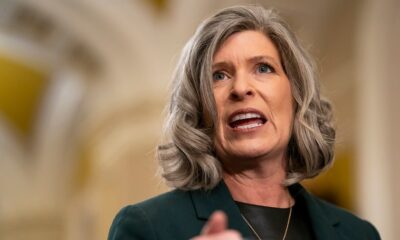
 Politics8 months ago
Politics8 months agoDemocrat challenging Joni Ernst: I want to ‘tear down’ party, ‘build it back up’
-
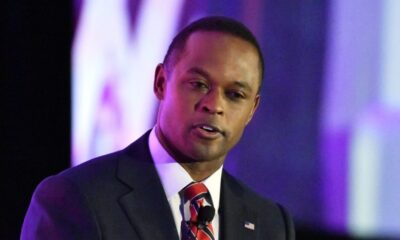
 Politics10 months ago
Politics10 months agoFormer Kentucky AG Daniel Cameron launches Senate bid


